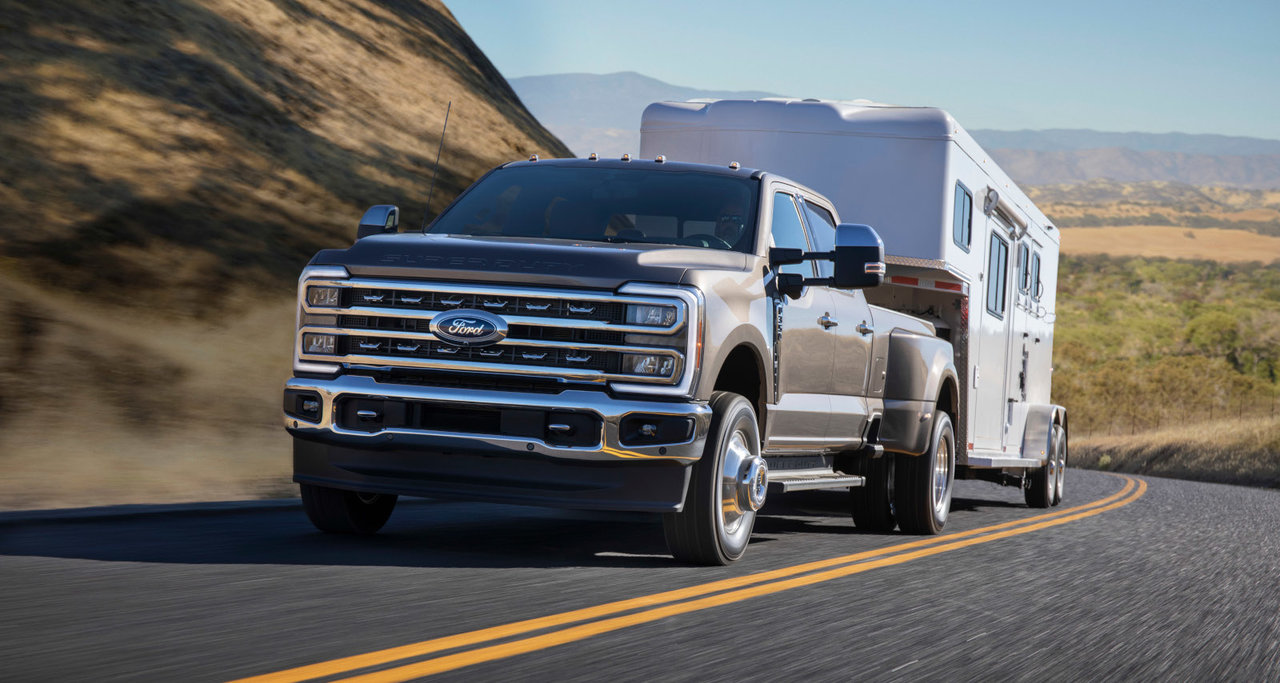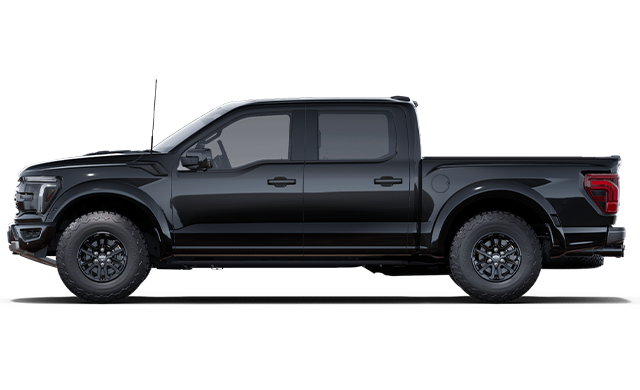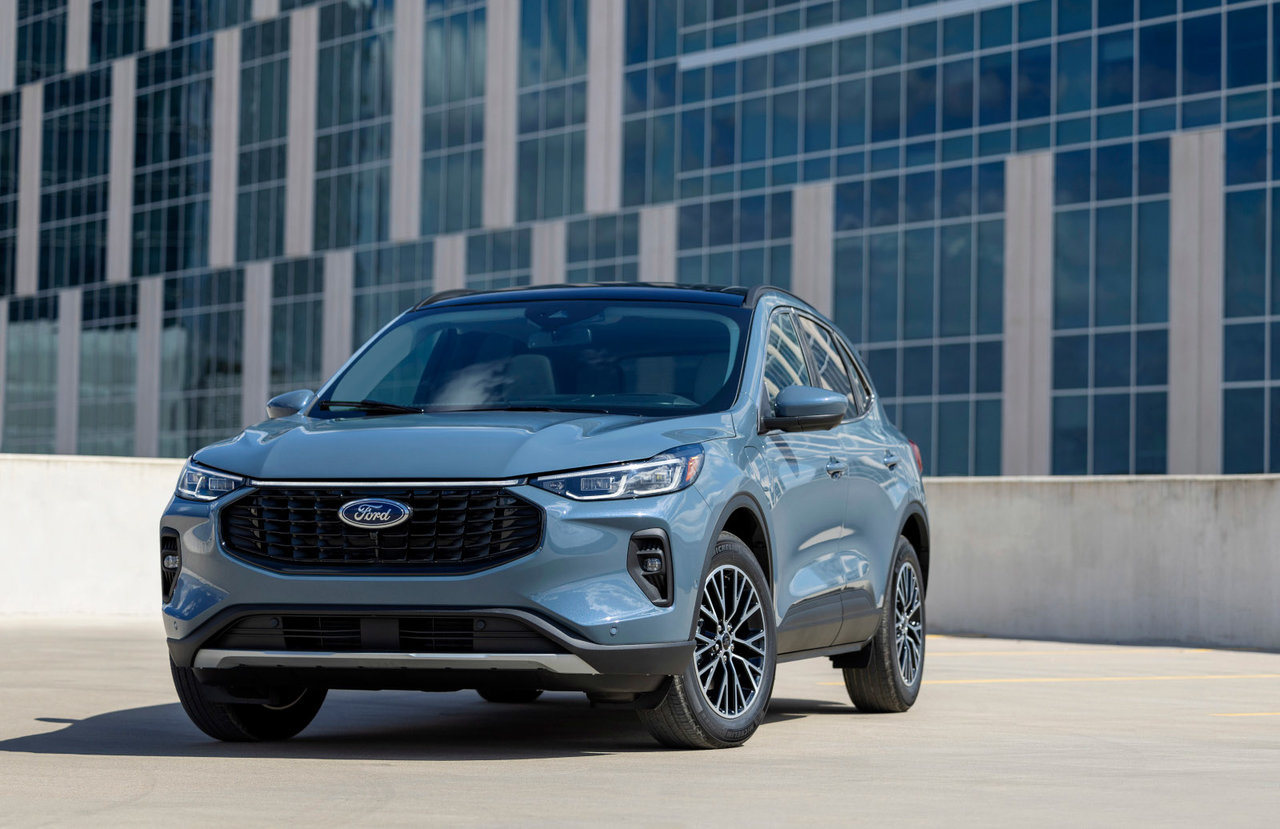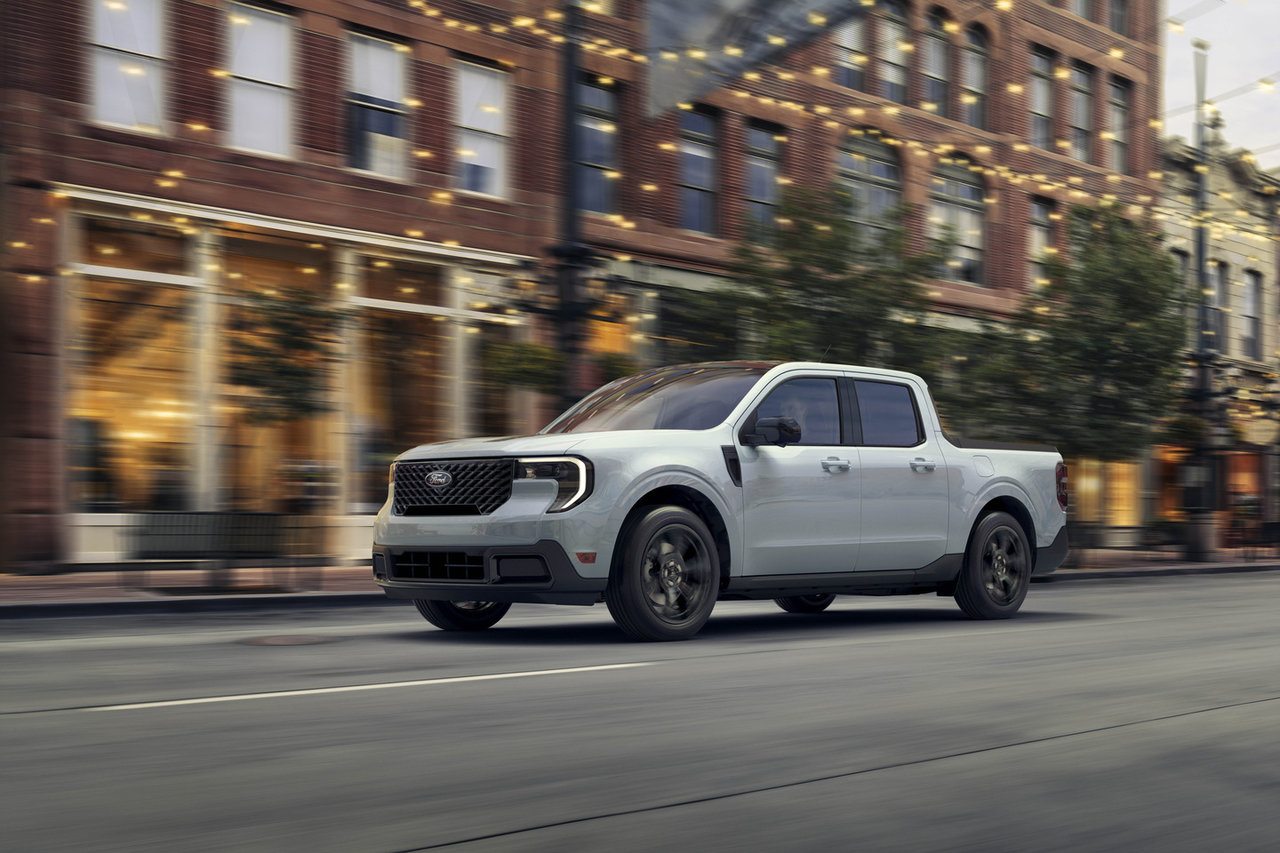Shopping for a truck or SUV often comes with questions about towing capability. Whether you're hauling a boat to the lake, moving a trailer across the province, or helping friends relocate, understanding your vehicle's capacity makes all the difference. Ford's truck and SUV lineup offers impressive towing options, but knowing the numbers and terms helps you make smart decisions.
This guide breaks down the essential towing information for Ford's most popular models. We'll explain key terms, share actual capacities, and help you understand what different numbers mean for your specific needs.
Key Towing Terms You Should Know
Before diving into specific vehicle capabilities, let's clarify the most important towing terminology. These terms appear on every specification sheet and directly impact your towing decisions.
Maximum Trailer Weight refers to the heaviest trailer your vehicle can safely pull. This number assumes your truck or SUV has the necessary equipment and proper weight distribution.
Payload Capacity describes how much weight you can carry inside the vehicle and truck bed combined. This includes passengers, cargo, and the tongue weight from your trailer.
Gross Combined Weight Rating (GCWR) represents the maximum allowable weight of your loaded vehicle plus the loaded trailer. Never exceed this total.
Ford's Towing Capacity Overview
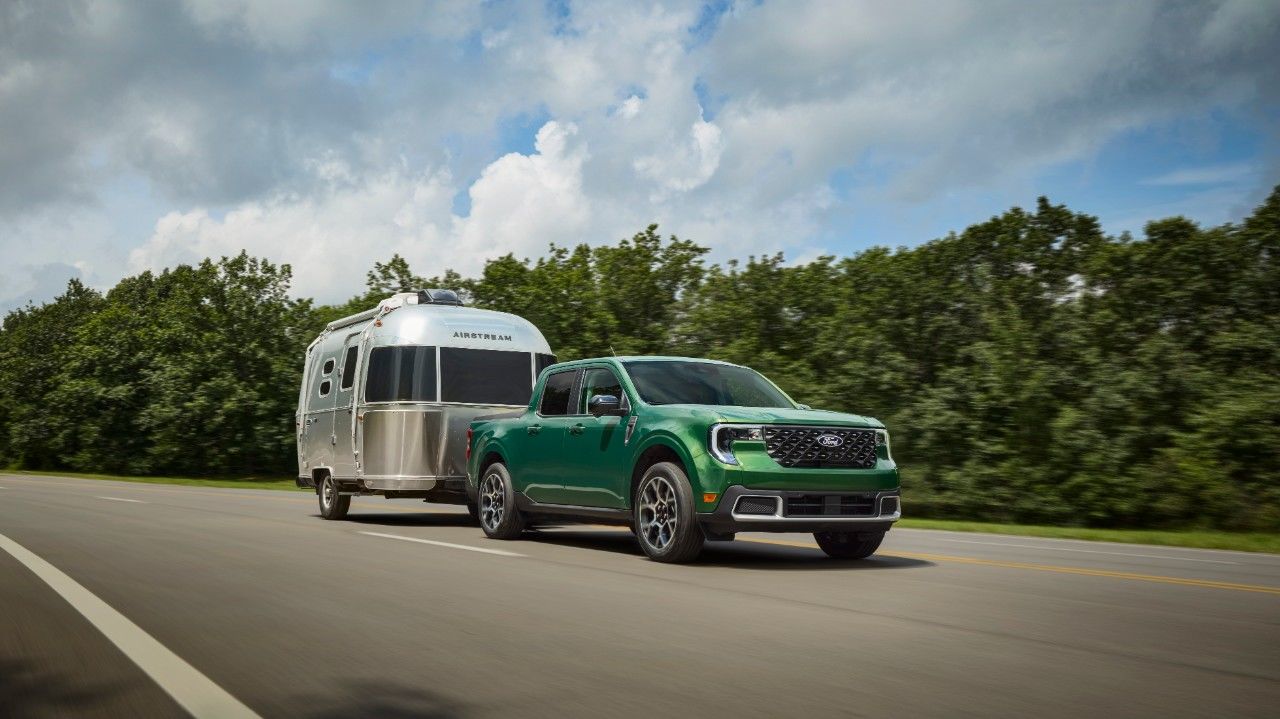
Here's a quick reference for maximum towing capacity across Ford's most popular trucks and SUVs:
- Bronco Sport: Up to 2,200 lbs (with Class II Trailer Tow Package)
- Bronco: Up to 3,500 lbs (most configurations)
- Maverick: Up to 4,000 lbs (when properly equipped)
- Ranger: Up to 7,500 lbs (when properly equipped)
- F-150: Up to 13,500 lbs (with 3.5L EcoBoost engine and Max Tow Package)
- F-150 Lightning: Up to 10,000 lbs (electric model)
- F-250 Super Duty: Up to 22,000 lbs (conventional towing)
- F-350 Super Duty: Up to 25,000 lbs (conventional towing)
These maximum figures require specific engines, axle ratios, and towing packages. Your actual capacity may vary based on your chosen configuration and options.
Understanding Engine and Package Requirements
Most Ford vehicles achieve their maximum towing capacity only with specific combinations of engines, axles, and packages. The F-150's impressive 13,500 lbs capacity, for example, requires the 3.5L EcoBoost V6 engine, Tow/Haul Package, and optional Max Tow Axle.
Similarly, the F-250 Super Duty reaches its 22,000 lbs rating with the 6.7L Power Stroke diesel engine and High-Capacity Axle Upgrade Package. Base engine configurations typically offer lower, but still substantial, towing capacity.
The Bronco Sport requires the available Class II Trailer Tow Package to achieve its 2,200 lbs rating with the 2.0L EcoBoost engine. Without this package, towing capacity drops to 2,000 lbs with the base 1.5L engine.
Payload vs. Towing: Why Both Matter
Many buyers focus solely on towing capacity while overlooking payload requirements. These two specifications work together to determine your vehicle's actual capability with your specific load.
When towing, your vehicle must handle the trailer's tongue weight (typically 10-15% of the trailer's total weight) as part of its payload. A 6,000 lbs travel trailer creates approximately 600-900 lbs of tongue weight, which reduces your available payload for passengers and cargo.
The F-150, for instance, offers up to 2,445 lbs of maximum payload capacity. With passengers, cargo, and tongue weight from your trailer, you need to ensure you stay within this limit while also respecting the maximum towing capacity.
Choosing the Right Configuration
Different trim levels and cab configurations affect both towing and payload capacity. SuperCrew cabs generally offer slightly lower towing capacity than Regular or SuperCab configurations due to their increased weight.
The F-150 demonstrates this clearly. A Regular Cab with the 5.0L V8 engine can tow up to 12,200 lbs, while the SuperCrew version with the same engine manages up to 10,400 lbs. The difference comes from the additional weight of the larger cab.
For serious towing needs, consider the Super Duty lineup. The F-250 starts where the F-150 ends, offering up to 22,000 lbs of conventional towing capacity. The F-350 pushes this even higher, reaching 25,000 lbs in Single Rear Wheel configurations.
We can help you configure the exact combination of engine, axle ratio, and towing package to meet your specific requirements while staying within safe operating limits.
Contact us at Valley Ford in Kentville to discuss which Ford truck or SUV configuration matches your towing needs and driving requirements.


